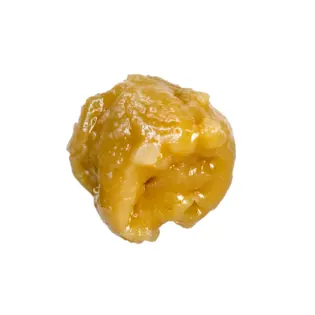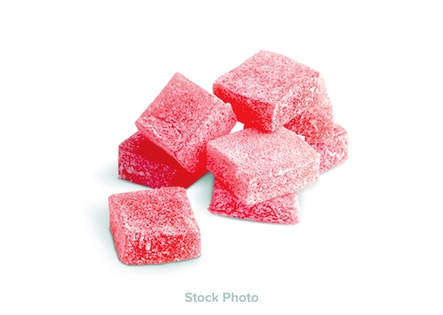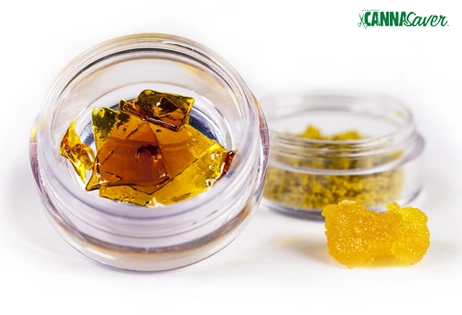
Homemade edibles have always been made the old-fashioned way - with marijuana flower or trim. The green tint and strong marijuana flavor in cannabis-infused butter are a result of this process. But cannabis concentrates are the fastest-growing product sector on the cannabis market. Types of concentrates range from BHO to live resin. For some stoners, crafting an edible infusion is a right of passage – wax edibles.
Due to their large THC potency, cannabis concentrates are becoming a popular and effective ingredient in high-potency edibles.
Let’s get our heads in baking mode (pun intended) and look at what exactly wax edibles are.

Edibles rarely make it into the cannabis concentrate conversation. Much like dabs, edibles provide a long-lasting, potent high depending on the dose. The biggest difference between dabs and edibles is the onset time.
If smoked/vaped, your high will kick in almost instantly. However, eat an edible and your high may take up to two hours to even reveal itself. But, edibles offer a strong, unique marijuana experience.
Though they have an onset time between 30-90 minutes (depending on your metabolism), these tasty treats can last anywhere from 6-8 hours. Compared to smoking/dabbing lasting between 1-3 hours. Infused drinks are known to hit much faster between 20-30 minutes.
It does not take much of an edible to get a desired high. With this, comes a bit of caution. Start with low doses and be patient. Overeating edibles can cause a bad time, especially in those new to cannabis.
When the edible begins to digest, THC forms into a different byproduct in the liver making a chemical 2.5x stronger than regular THC. This chemical is known as Delta-9 THC.
In 2013, it was reported that cannabis wax contains 80 percent THC with effects so hallucinogenic that consumers have been sent to the hospital from just one dab of the stuff.
Though not too common, you can make edibles with your marijuana concentrates. You can use concentrates instead of cannabutter/oil. Make sure to "decarb" your cannabis concentrates before infusing them. Decarbing is huge for converting THCA into THC. After the decarbing process, THC has its psychoactive effects which we all know and love.
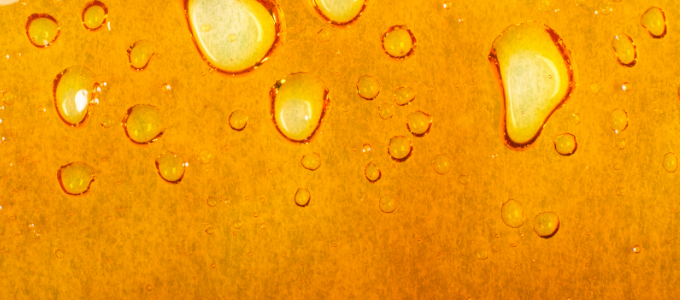
Alright, if you're going to make wax edibles, here are some of the best concentrates to use for that.
Known for its high potency and being decarboxylated, Distillate is the perfect flavorless and scentless concoction for a fat component of your chosen recipe.
Rick Simpson Oil (RSO) is great for edibles due to its ease of use. RSO requires no decarboxylation step and can be directly added to recipes.
Any entourage-like benefits contained in cannabis oils are not typically present in distillate. More solid-like concentrates such as sauce, live resin, budder, and sugar wax have the potential to contain large amounts of THCA. Which becomes THC.
Most cannabis concentrates can be used to medicate your food, and the main variables of potency, flavor, perfume and viscosity can all be managed with relative ease.
For example, Rick Simpson Oil (RSO) is a full-spectrum extract which means it contains the botanical essence of the whole plant. CO2 and BHO extracts are mainly flavorless.
Certain cooking oils are more effective carriers for THC. For example, dairy fats are less stable than vegetable oil (like olive oil) and are less likely to melt in a way that ensures even dosing throughout. MCT oil is an excellent flavorless carrier but its low smoke point makes it less skillet-friendly than virgin coconut oil or canola. Examine your recipe to learn which oil or infusion method will be most effective.
Alright, Chef...we know you can make some great banana pancakes, but when you introduce cannabis/concentrates to the kitchen, there are a few things to consider:
Before cooking, you’ll want to be sure that your concentrate is decarboxylated. This converts non-intoxicating THCA into the euphoric THC we all know and love.
Higher temperatures are more likely to eliminate valuable cannabinoids and other compounds, so decarbing low and slow is generally the best way to go.
To make cannabutter/oil
Warm butter up to around 200 degrees Fahrenheit and measure the temperature with a probe. Allowing the heat of the butter to heat up the wax, continue to stir until it is fully mixed. If the butter begins to harden too early, add warm water to the mix. Placing the bowl in the fridge, the butter and water will separate as the butter cools, making it easy to remove.
The main goal when consuming highly potent, wax edibles is to have as much fun as possible by taking things slow and low. Edibles are highly known to be difficult to dose.
Things to consider, some numbers for the scientists:
The weight of your concentrate (in grams)
The potency of the concentrate (% THC or CBD)
The number of servings the cooked dish yields (i.e. “makes a dozen cookies”)
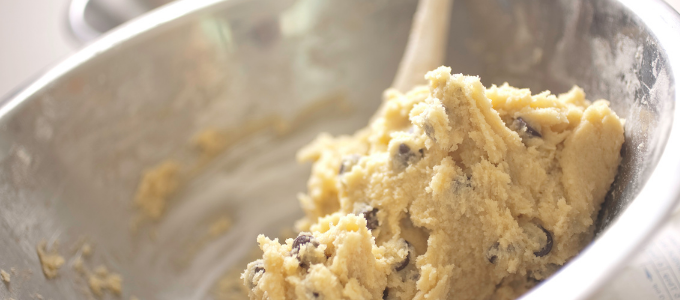
It’s time to open your mind up to the potentials of weed — it’s more than just a joint or a bowl.
Higher Potency
Cannabis concentrates are typically incredibly high in cannabinoid levels. Reaching 90% THC and CBD. They also provide terpenes.
Reduced Herb Flavor
Cannabis tends to have a bit of a grassy/earthy taste when used in edibles. Concentrates in edibles eliminate the issue by adding potency without plant material.
Healthiest Option For Your Lungs
Eating cannabis or using tinctures is always going to be better for your lungs than smoking it is. The fact is, smoking anything creates combustion, and the combustion creates harmful toxins and carcinogens which we then inhale into our lungs. On top of that, 88 percent of the combusted smoke gases from marijuana don't even contain cannabinoids.
In the end, edibles are also a health-conscious way to get high, protecting your lungs from toxins and carcinogens found in smoke.
If you’re interested in your body’s overall health, chances are you are exploring the health benefits of CBD.
With the option to add CBD into your daily diet, you may find relief of pain and anxiety, allowing you to better concentrate on your day’s tasks.
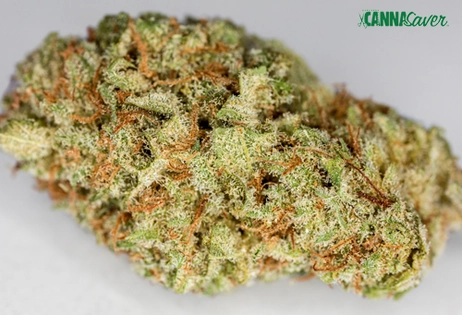
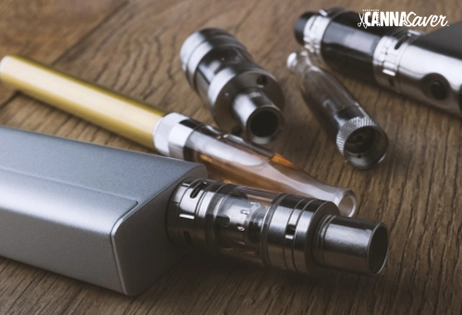
![(2.83g) Black Sheep | Zweet King Kush | Flower | Indica | [2.83g] (2.83g) Black Sheep | Zweet King Kush | Flower | Indica | [2.83g]](/rails/active_storage/representations/proxy/eyJfcmFpbHMiOnsiZGF0YSI6MTA3ODMzLCJwdXIiOiJibG9iX2lkIn19--9a26d55fa29d547804b74d8e9eab8844fa0ad3e2/eyJfcmFpbHMiOnsiZGF0YSI6eyJmb3JtYXQiOiJqcGciLCJyZXNpemUiOiI0NjIgeCAzMTUiLCJjb252ZXJ0Ijoid2VicCJ9LCJwdXIiOiJ2YXJpYXRpb24ifX0=--4c2b017c858149e948c71bab98eeffb13053e24c/flower-stock-3-v1.jpg)
